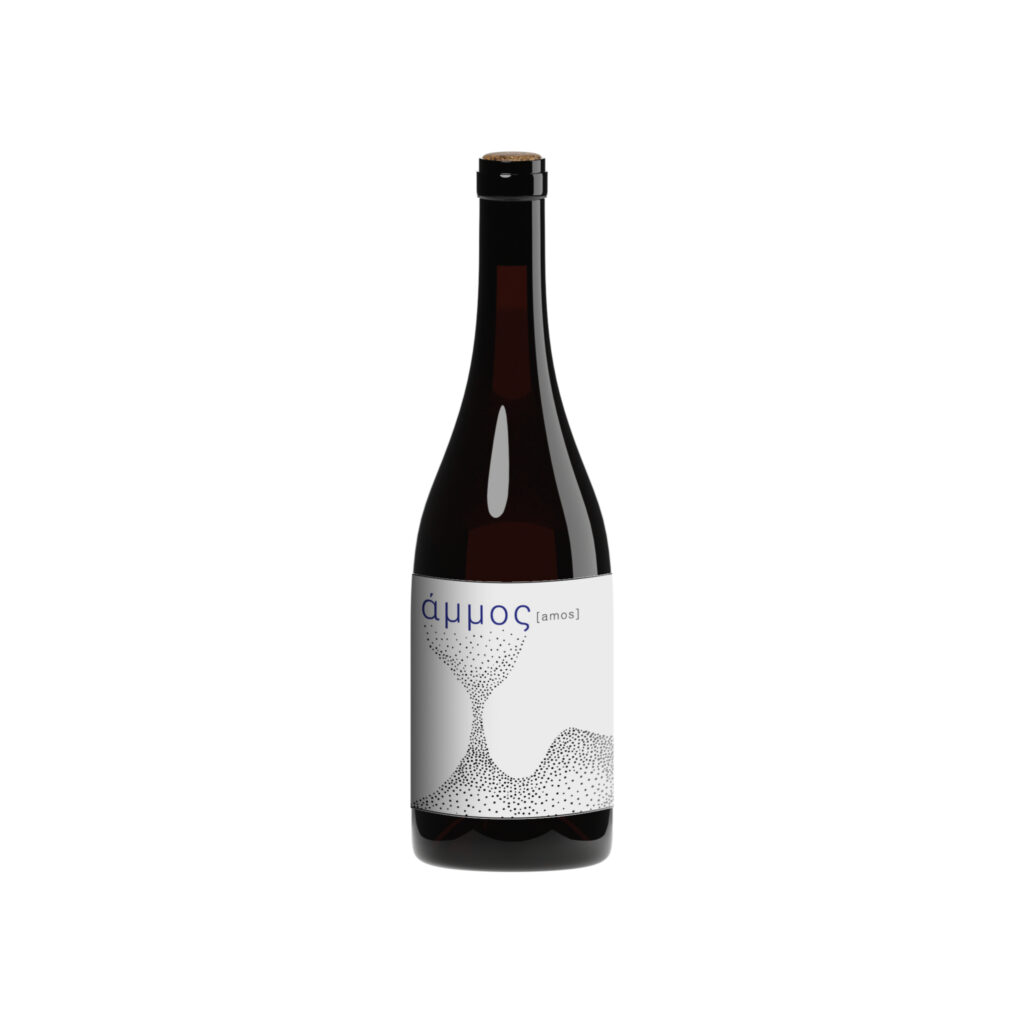Amos (translated as “Sand”) is the domaine’s monovarietal Assyrtiko, which shows its typical acidity backbone, wrapped with the domaine’s signature French finesse.
- Grower: Domaine Myrsini
- Vintage: 2021
- Type: White Dry Wine
- Grapes: Assyrtiko 100%
- Appellation: PGI Cyclades
- Alcohol: 12.40%
- Bottle: 750ml
- Viticulture: Organically farmed Assyrtiko in “aplotaria” (crawling vines) fashion.
- Vinification: Direct (mild) press in stainless steel tank, no additives, no filtration, no fining. Minuscule sulfites at bottling.
- Files:

